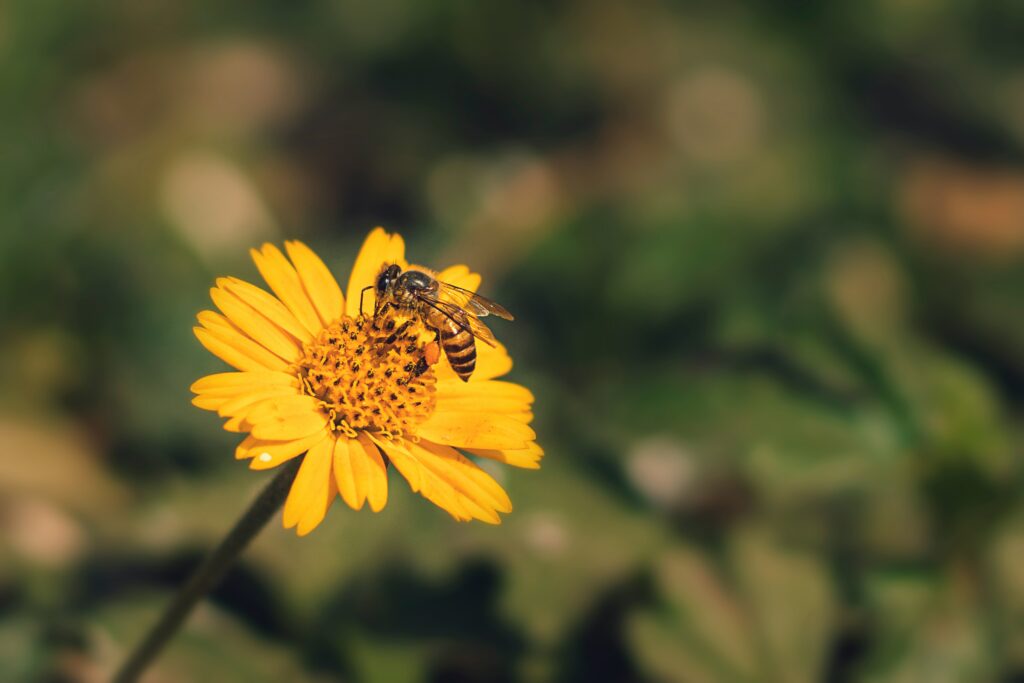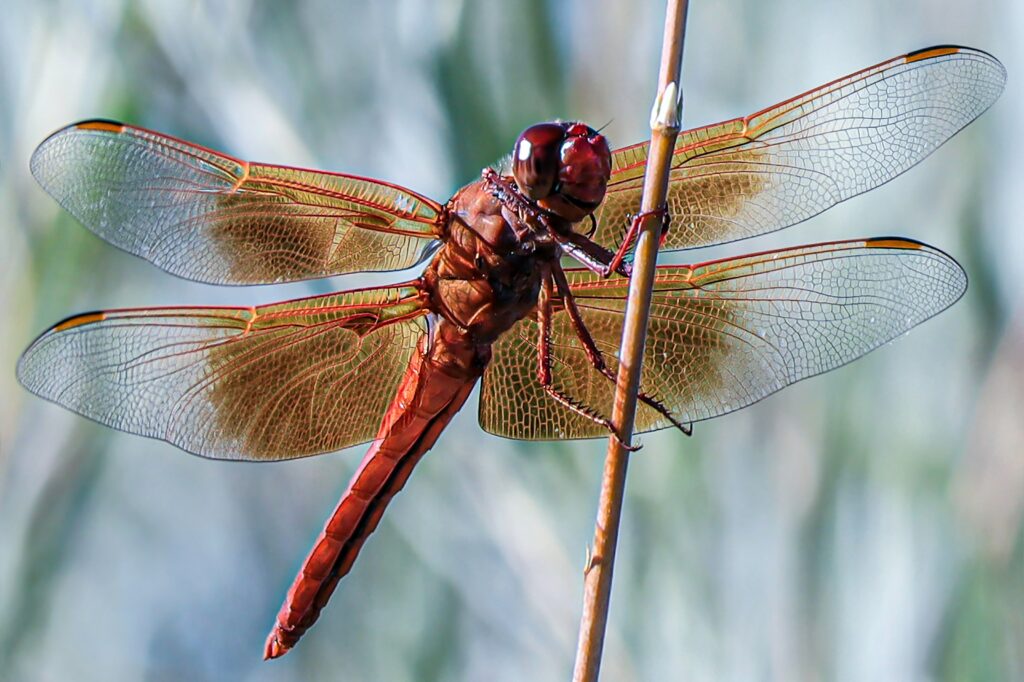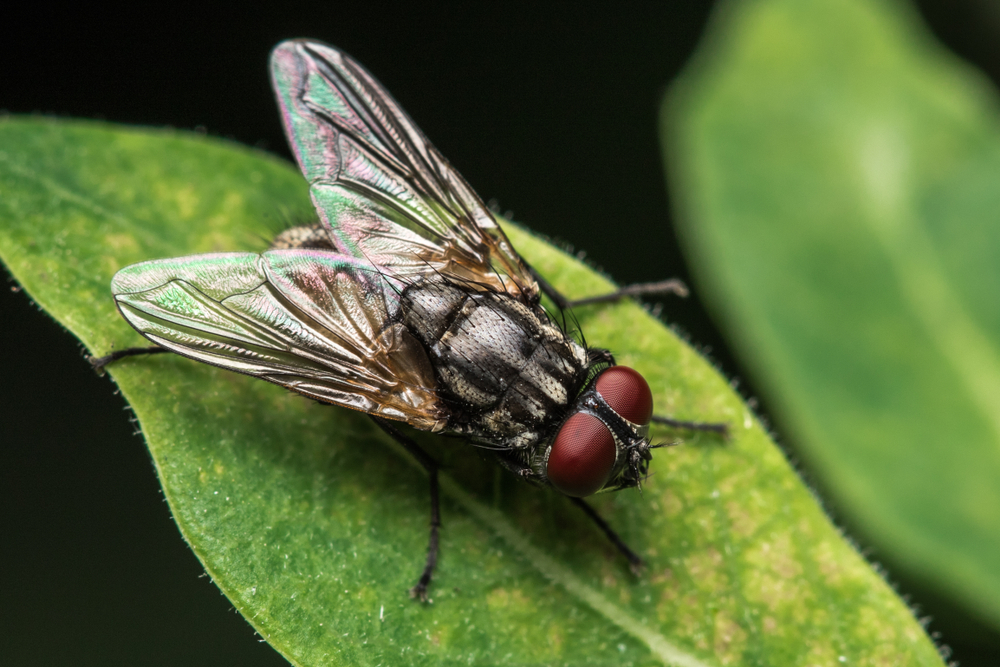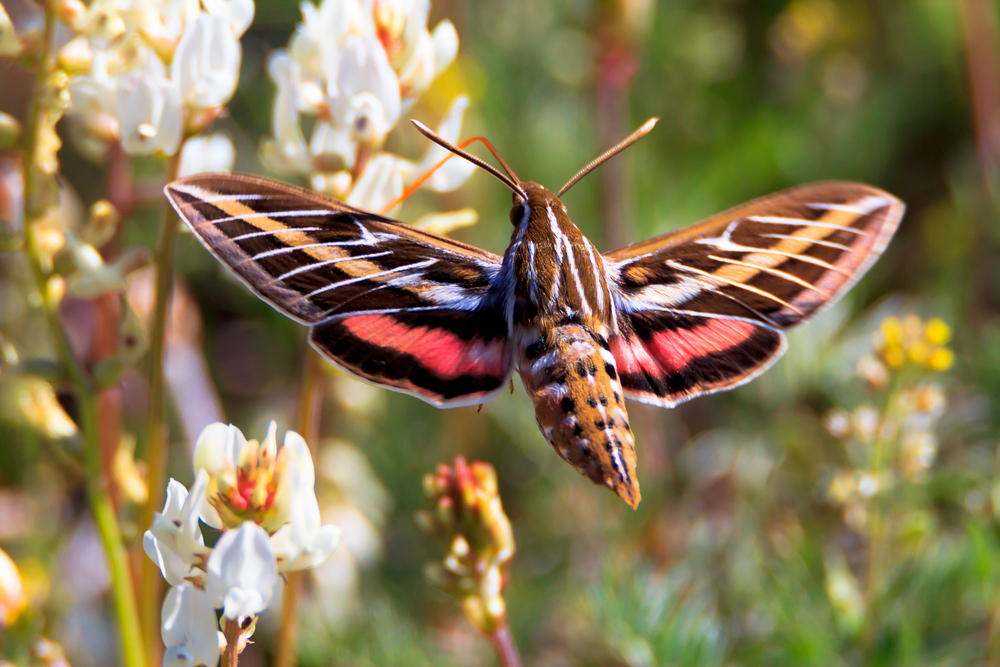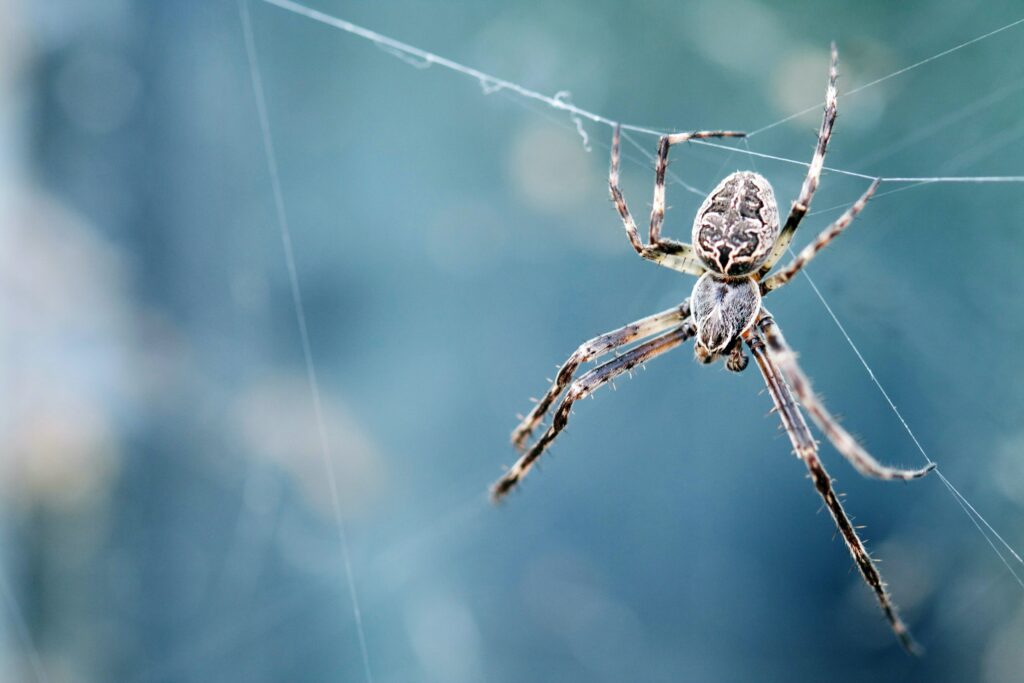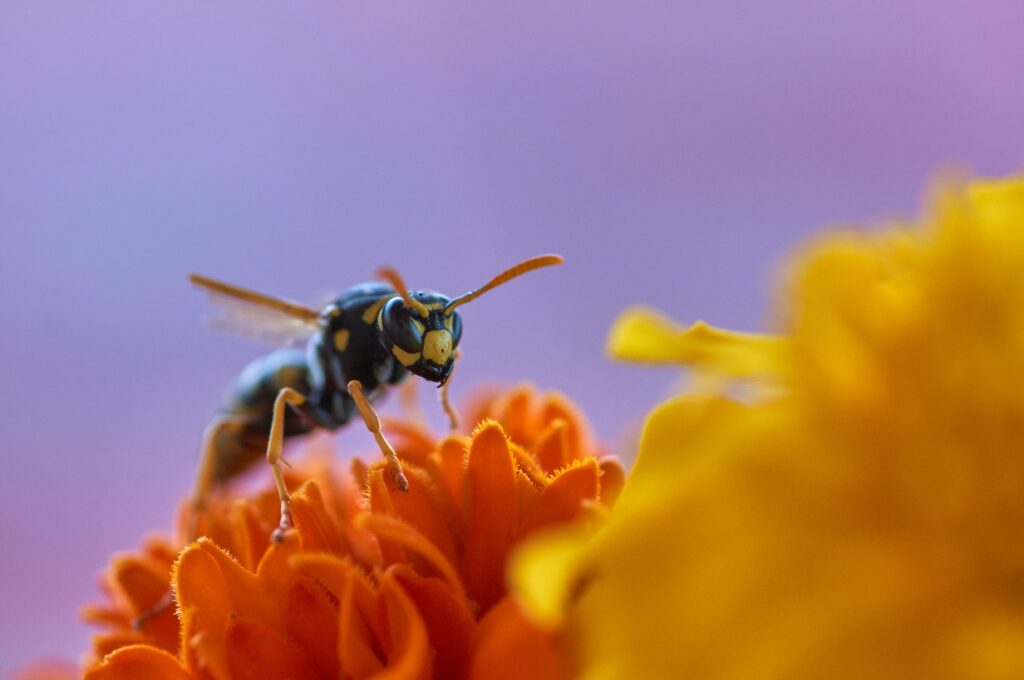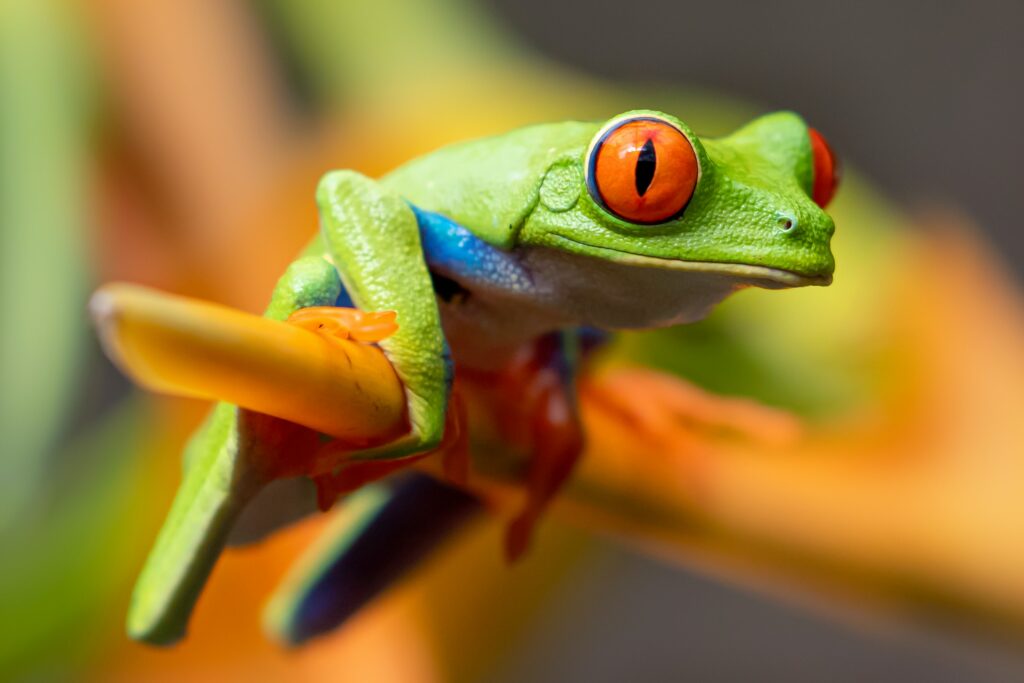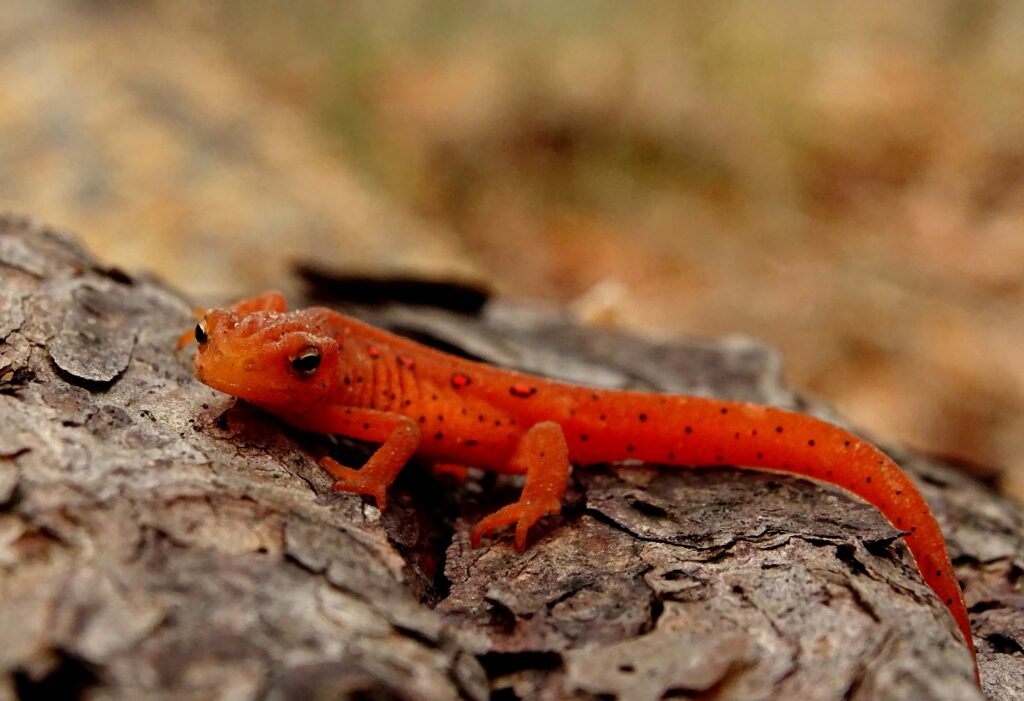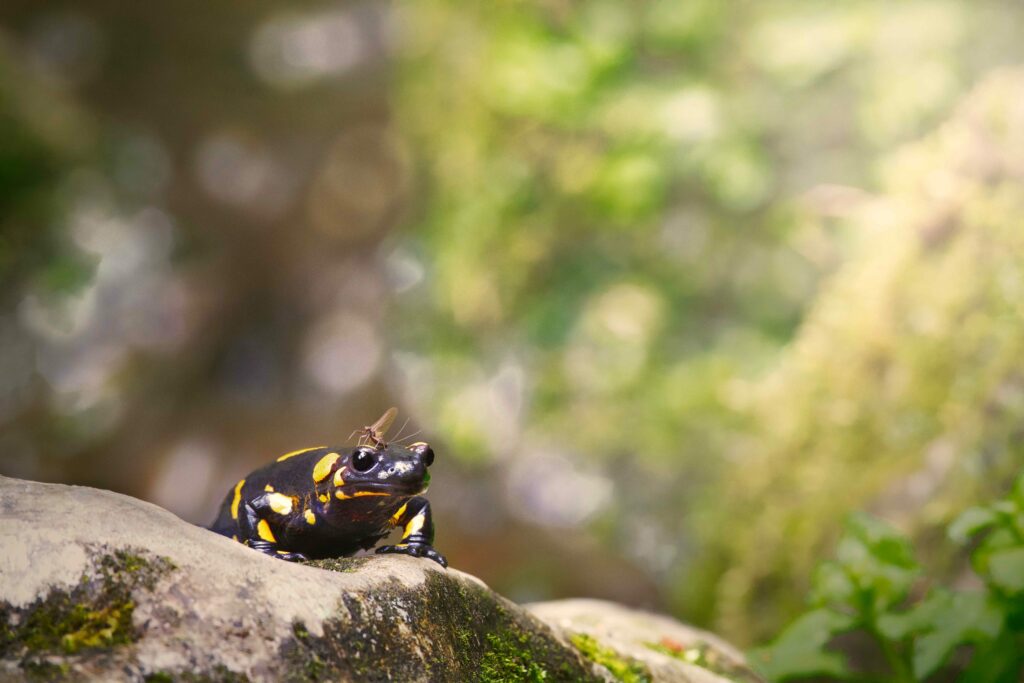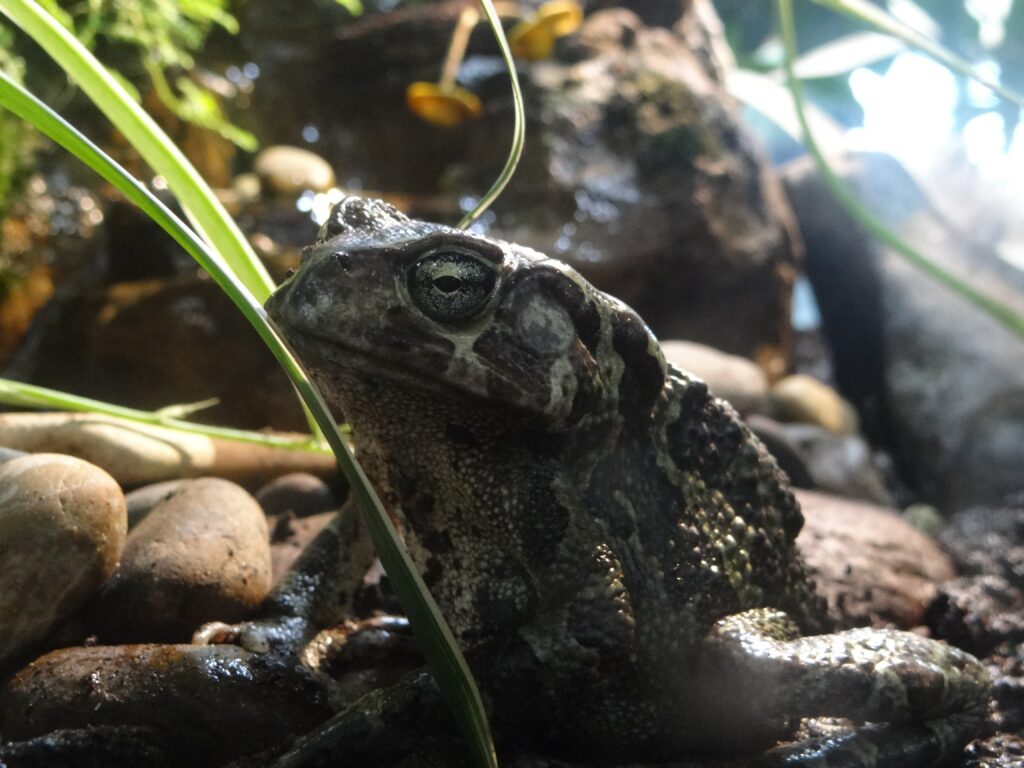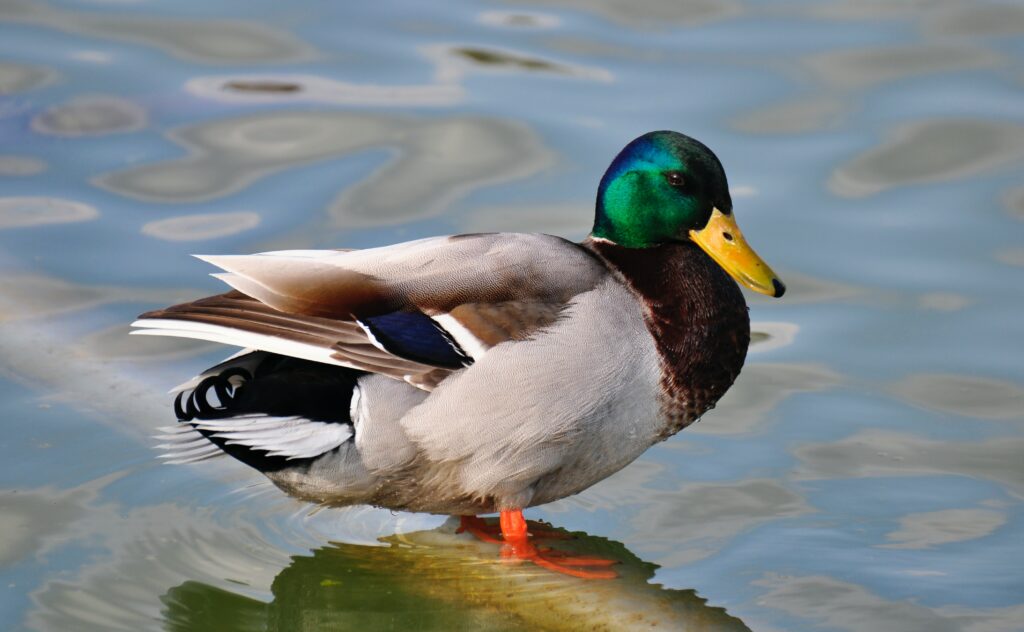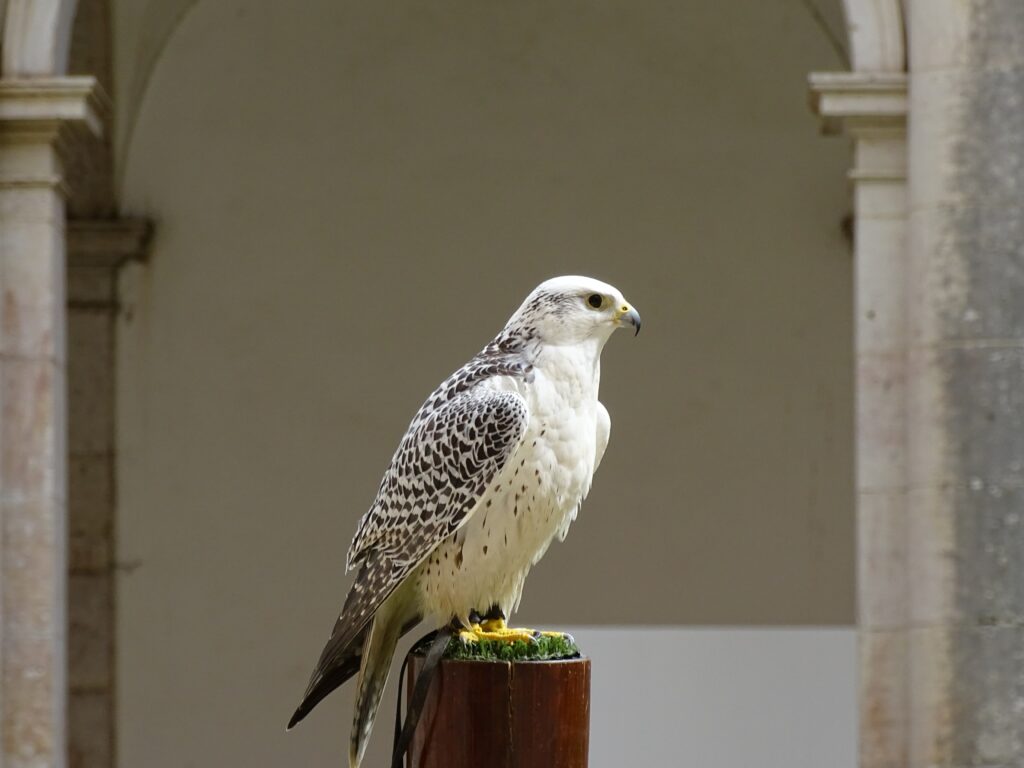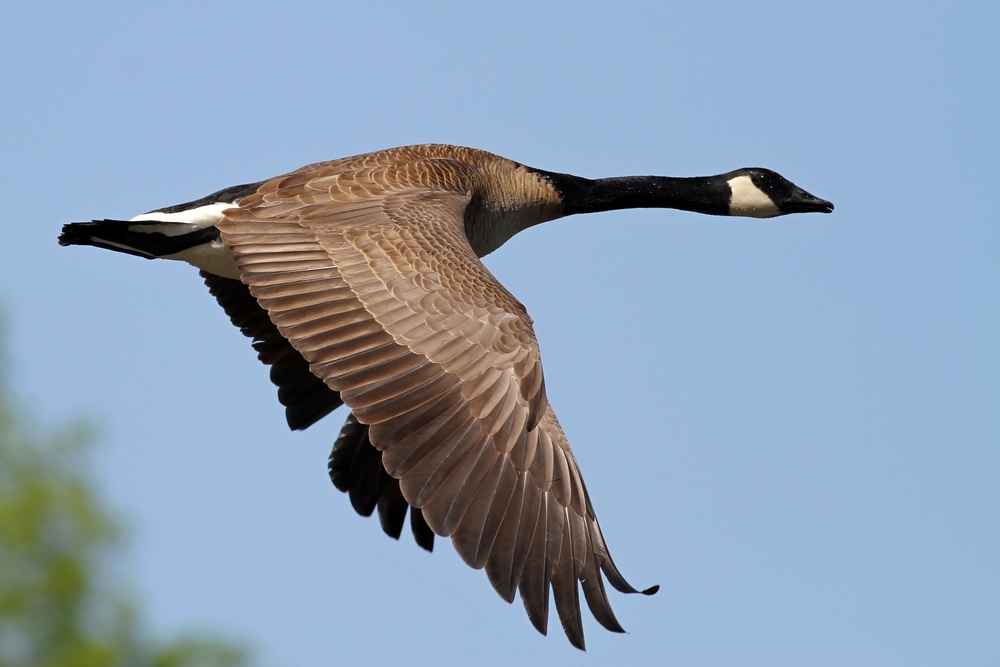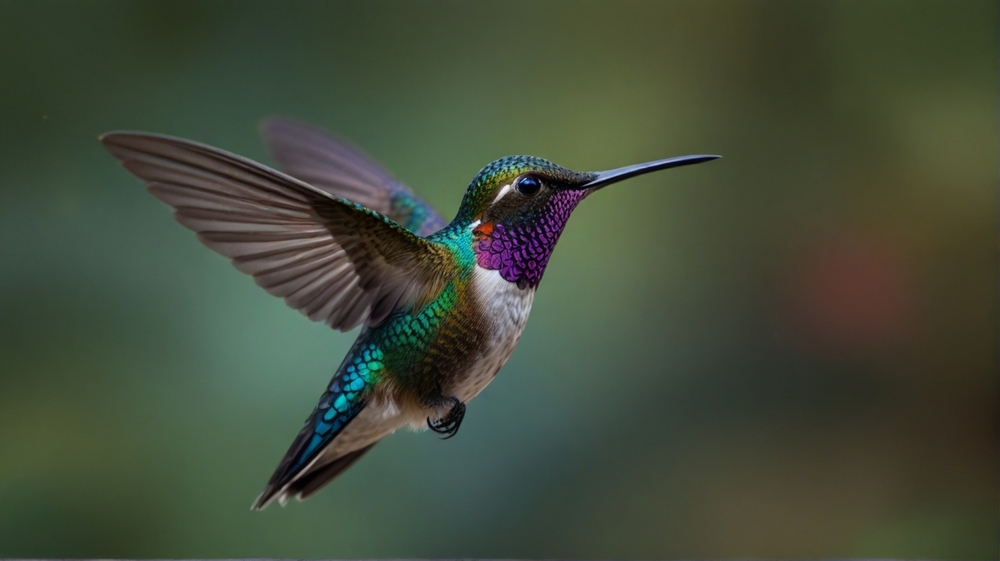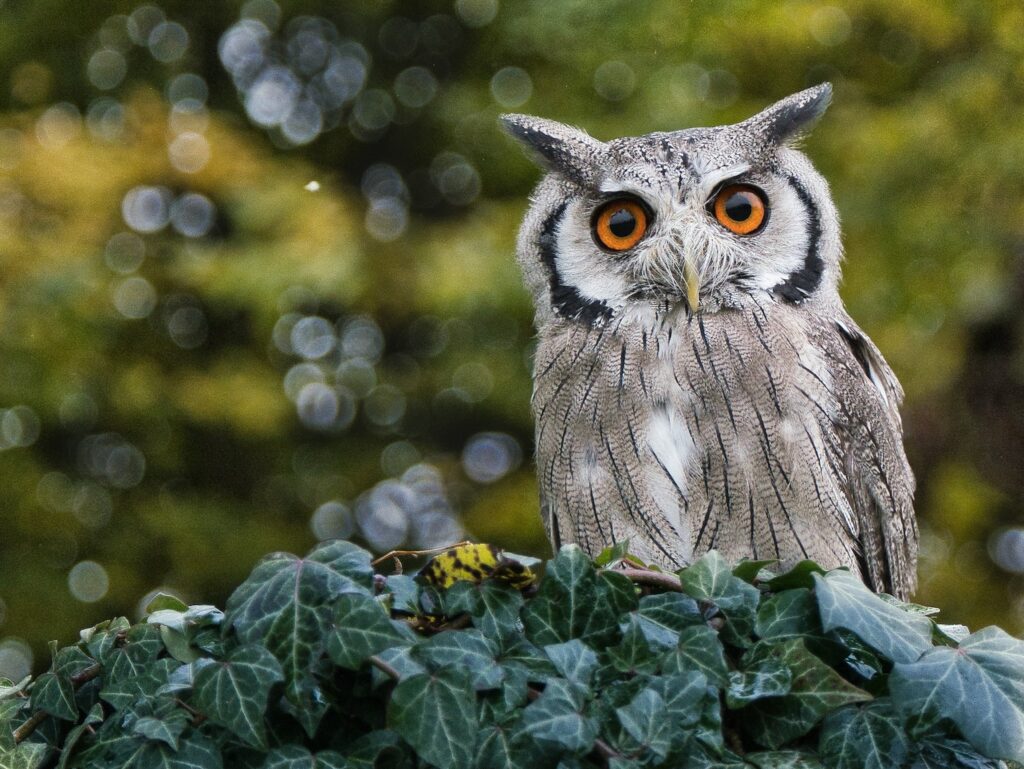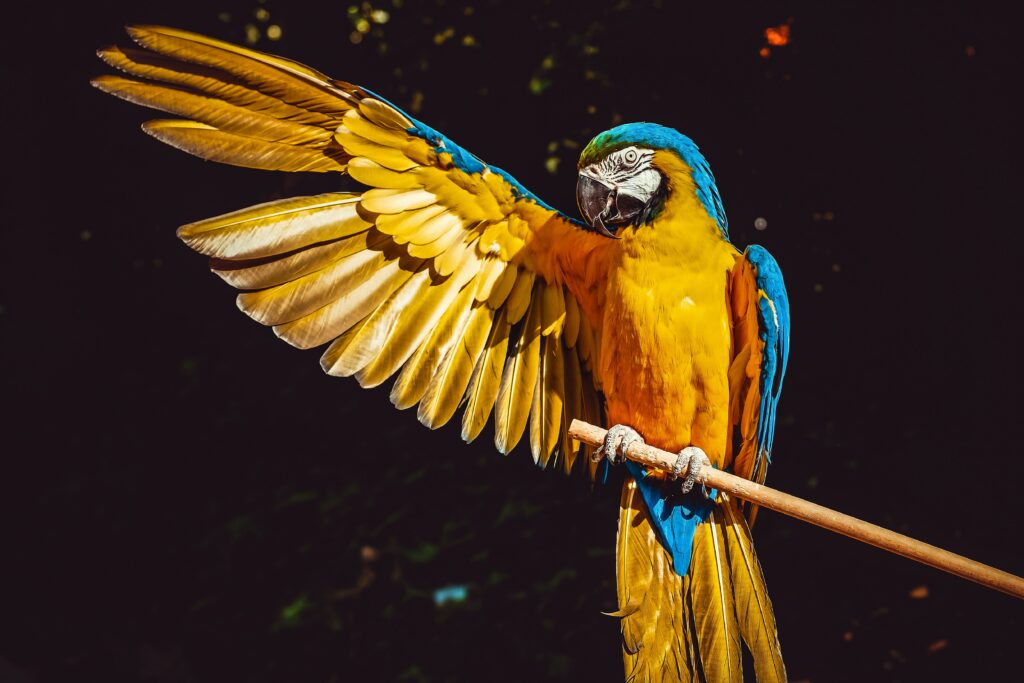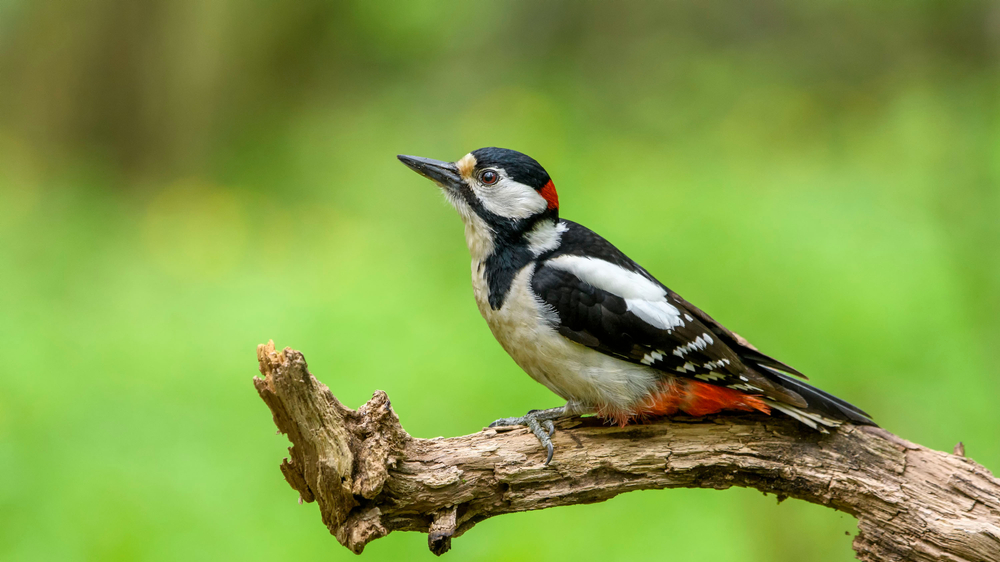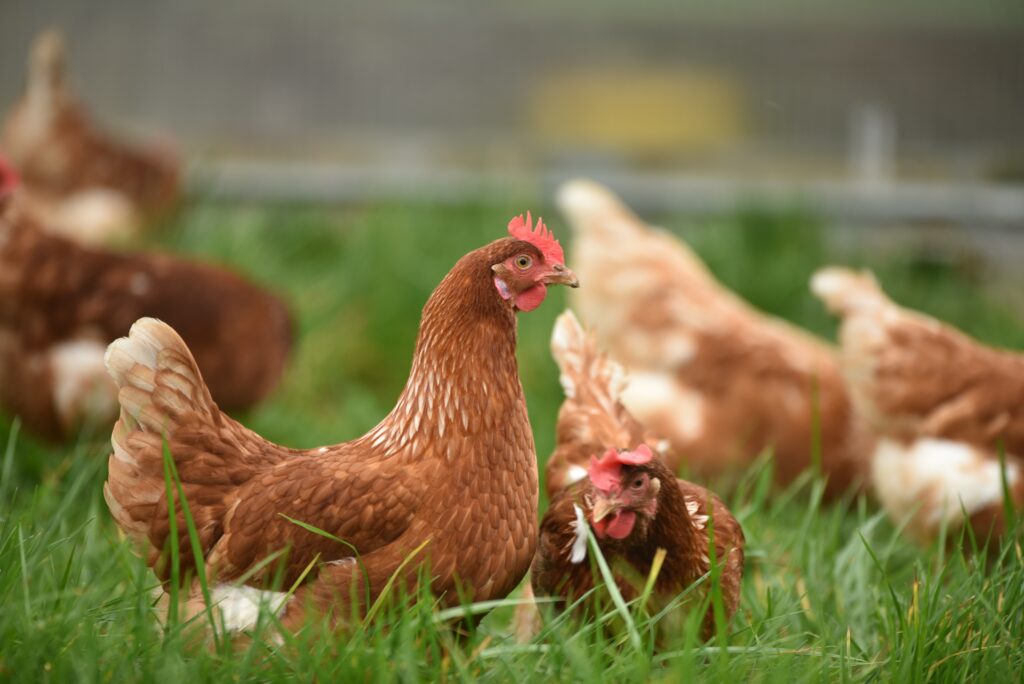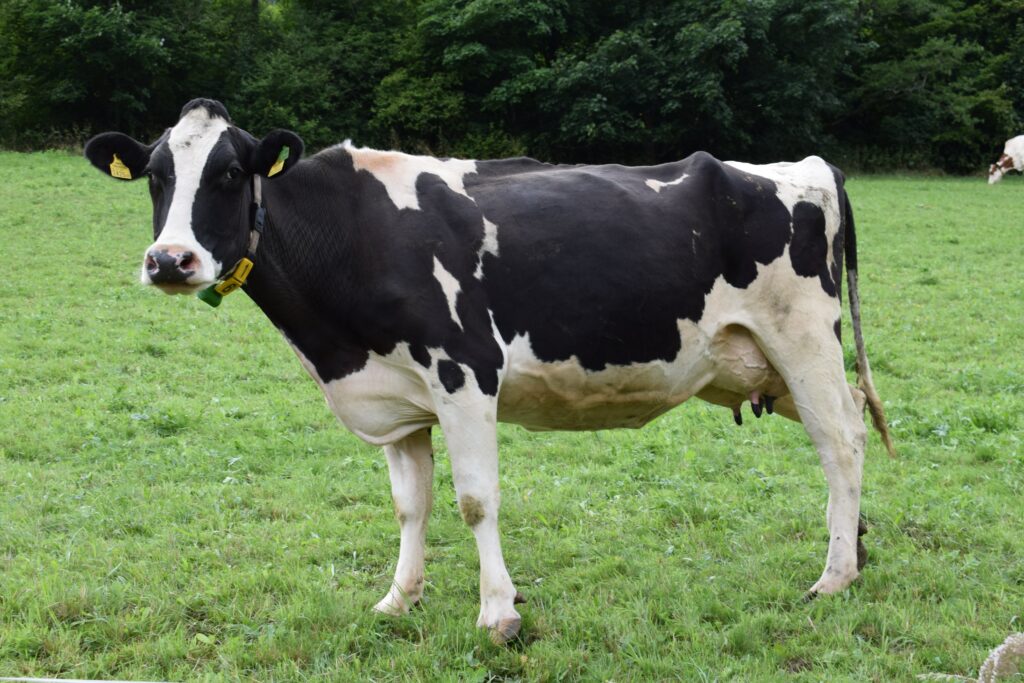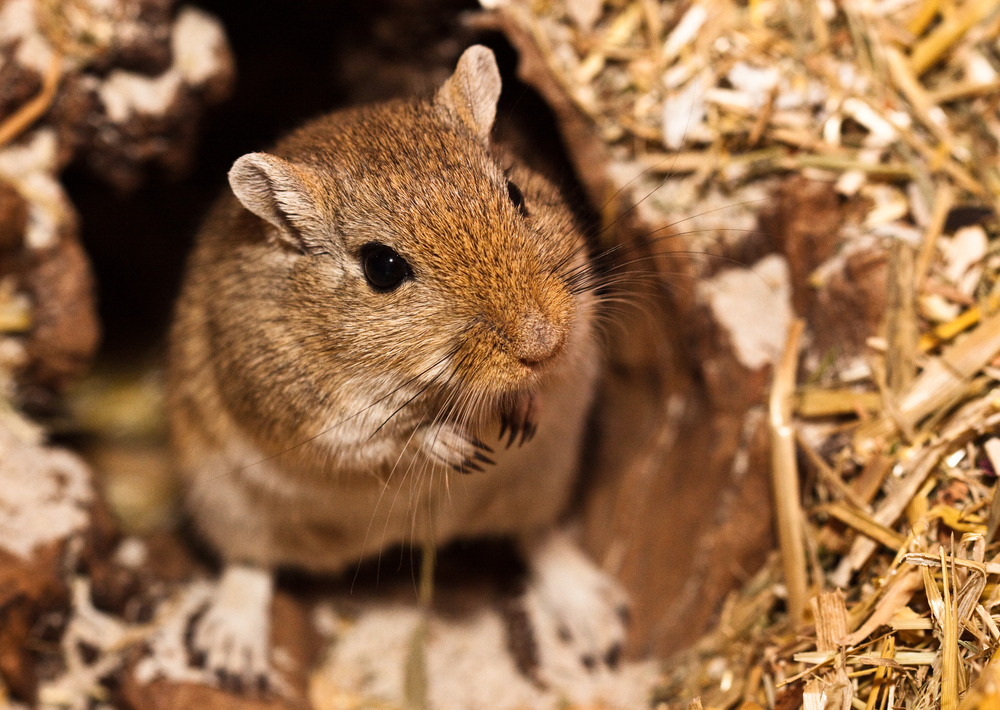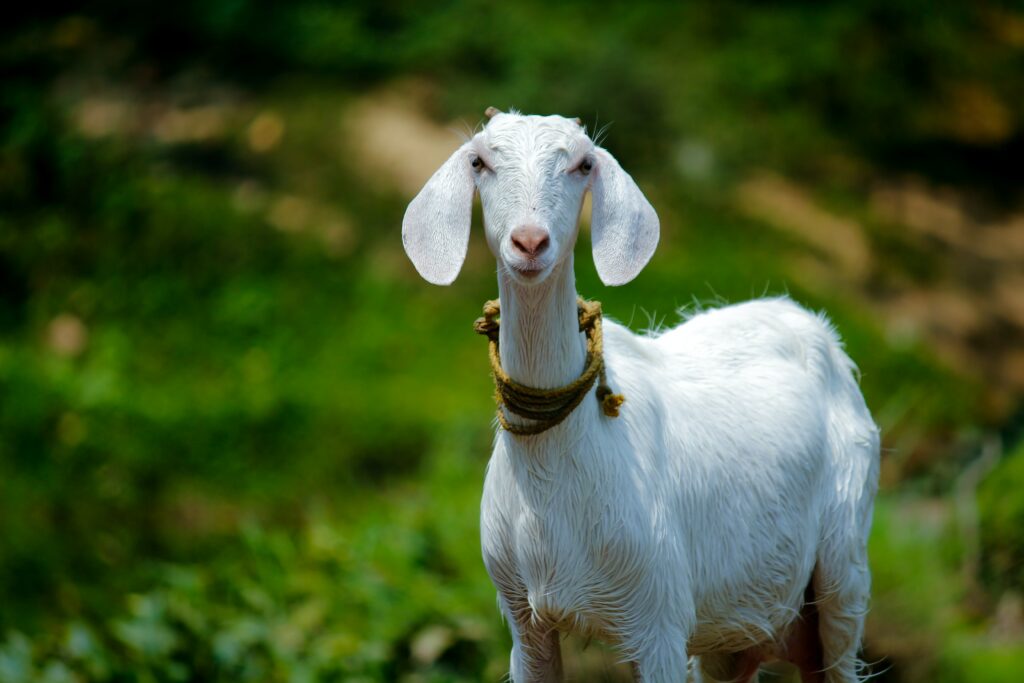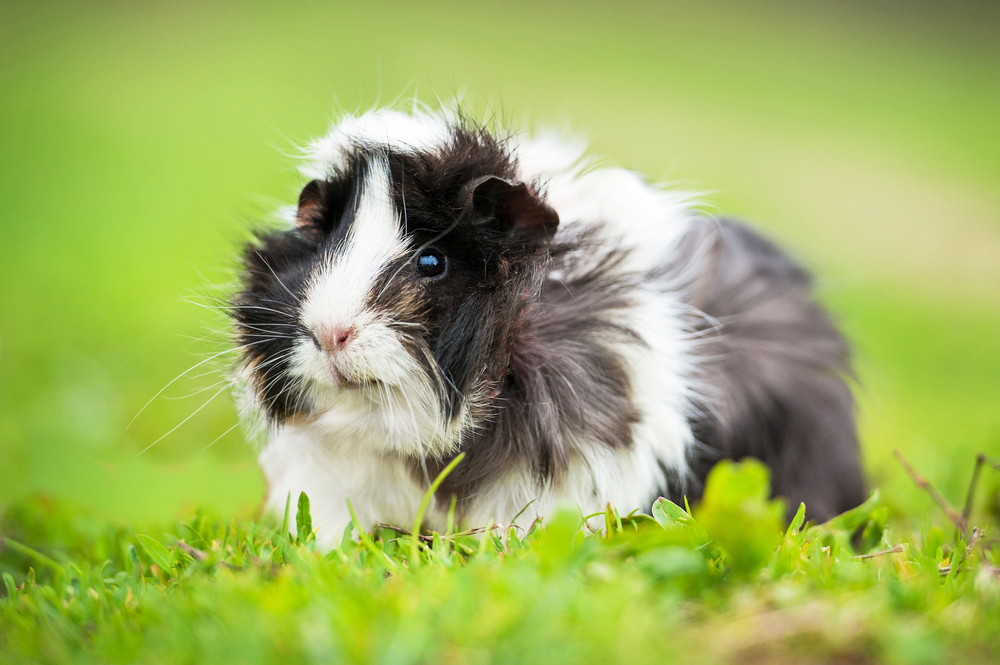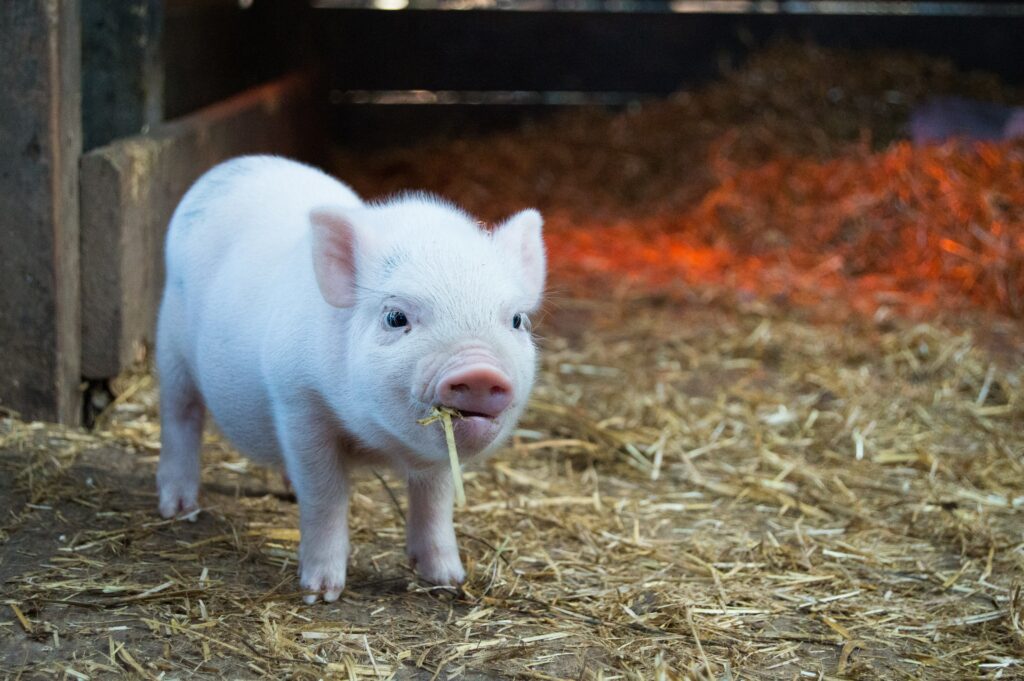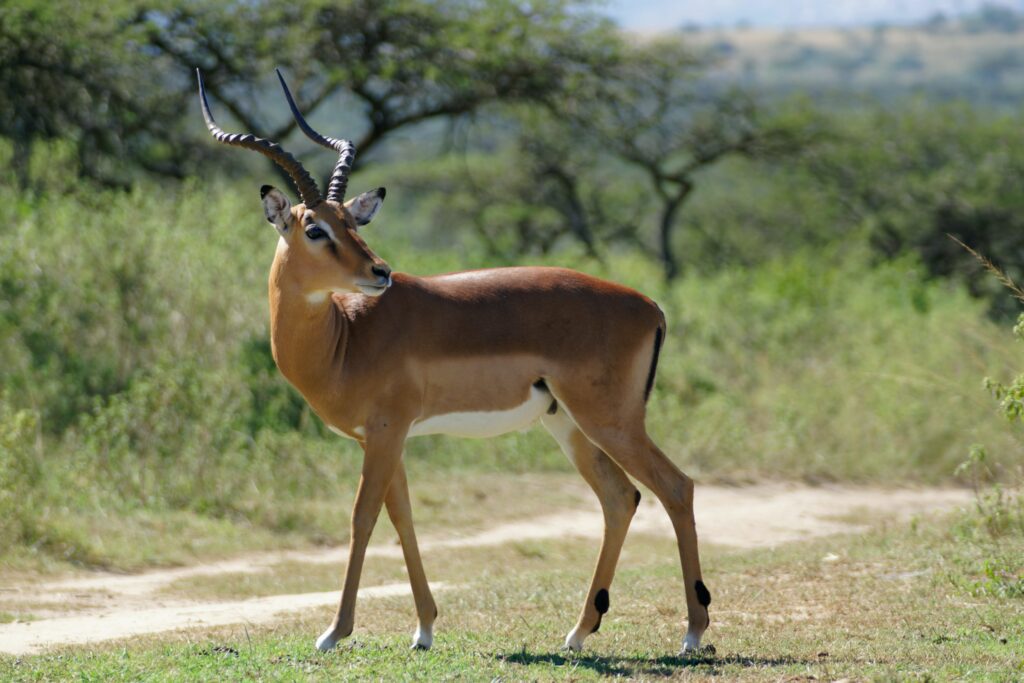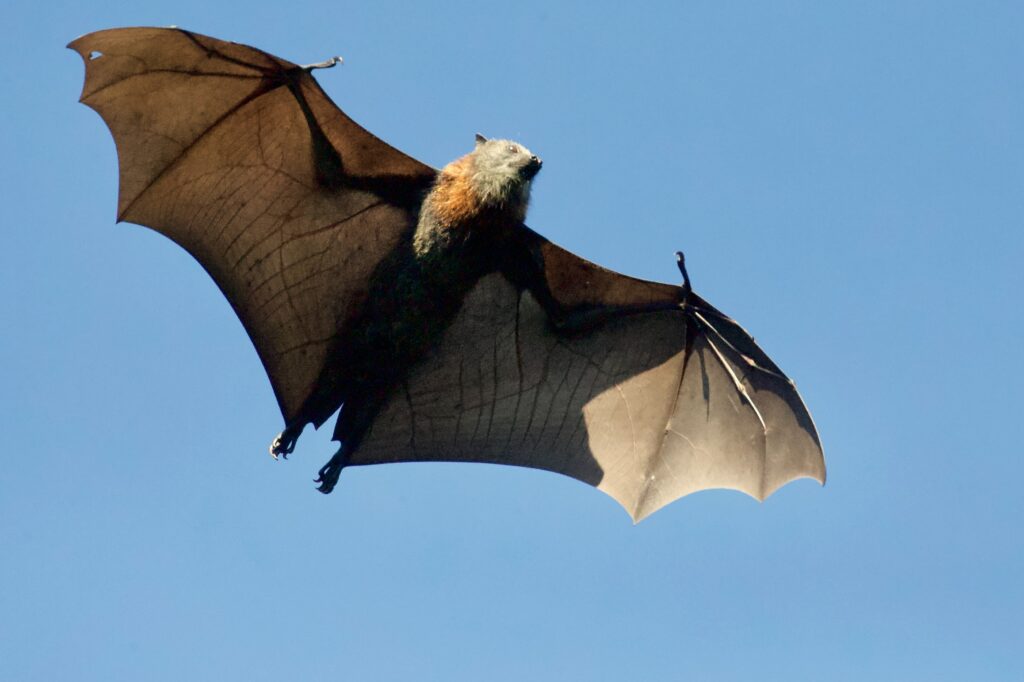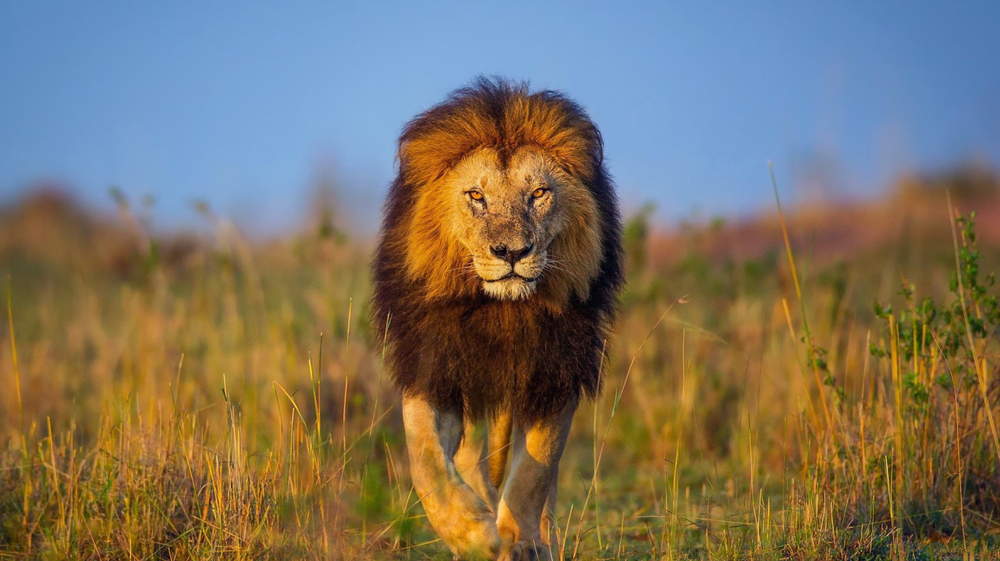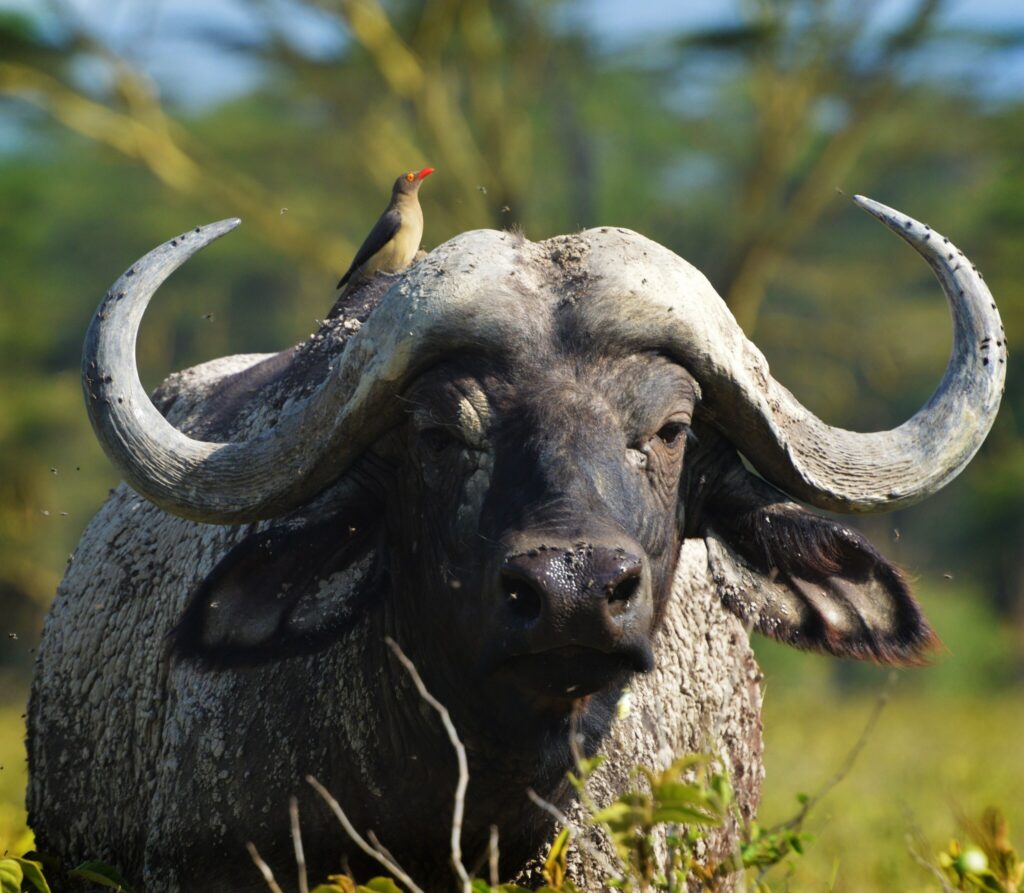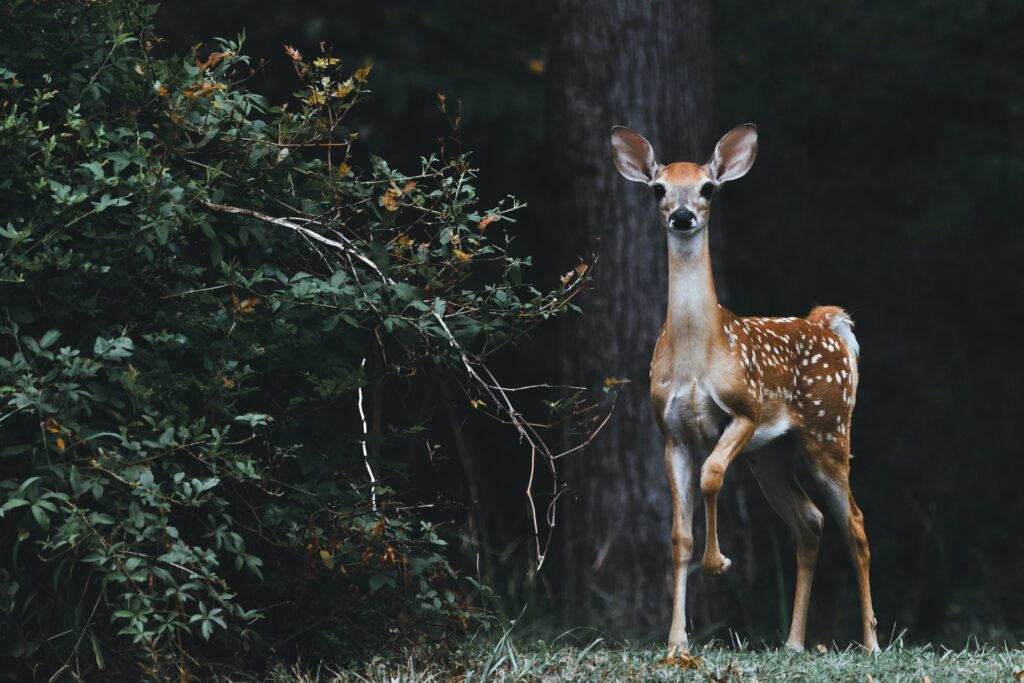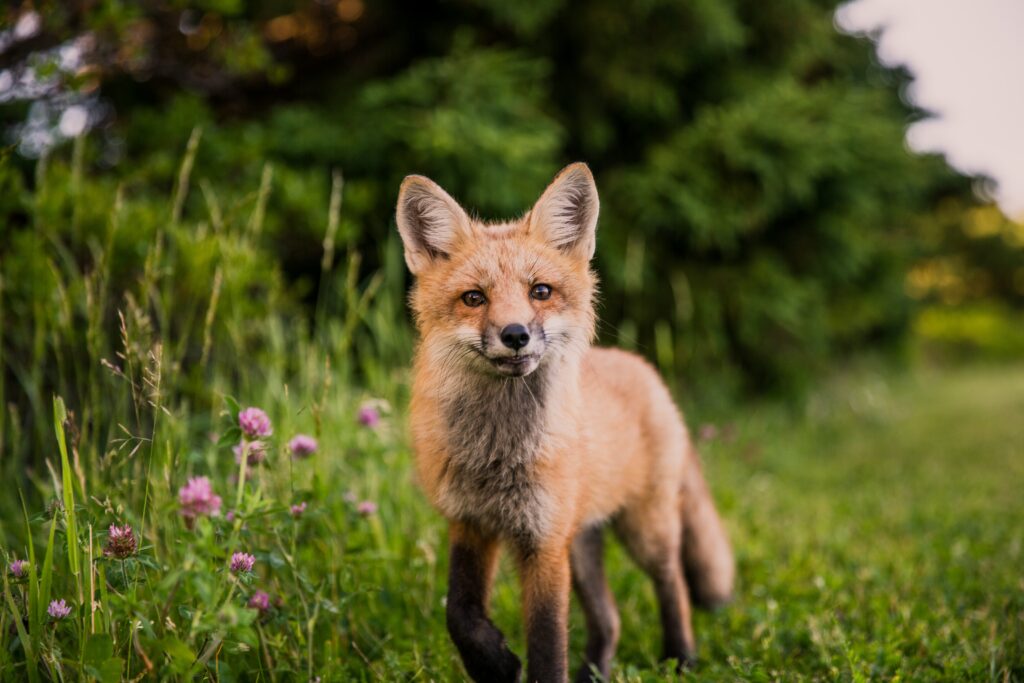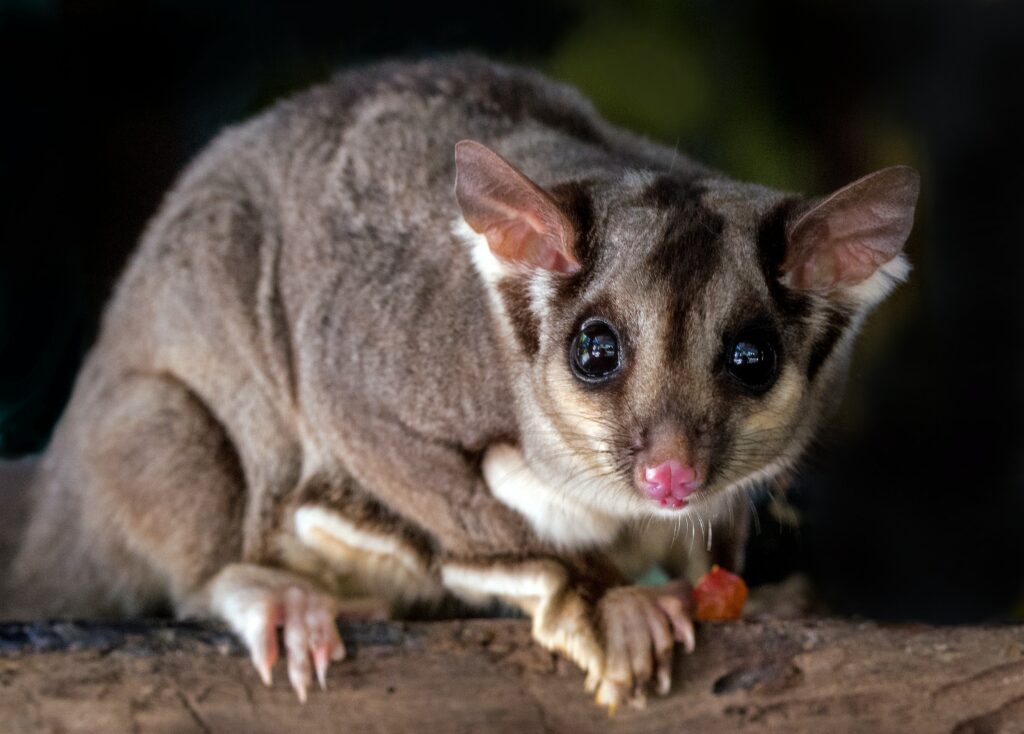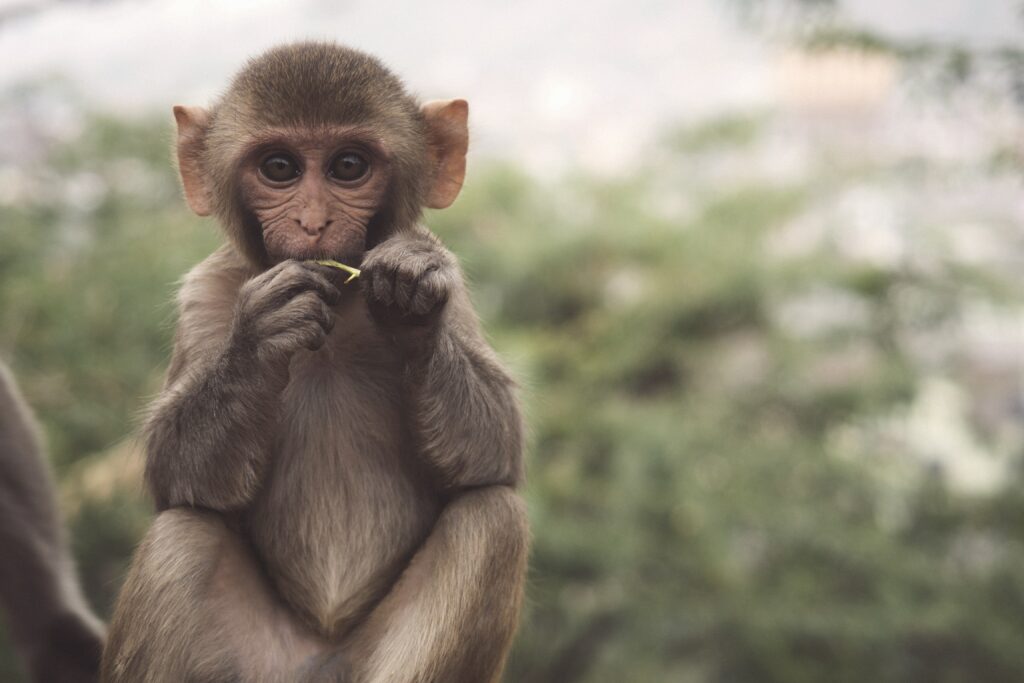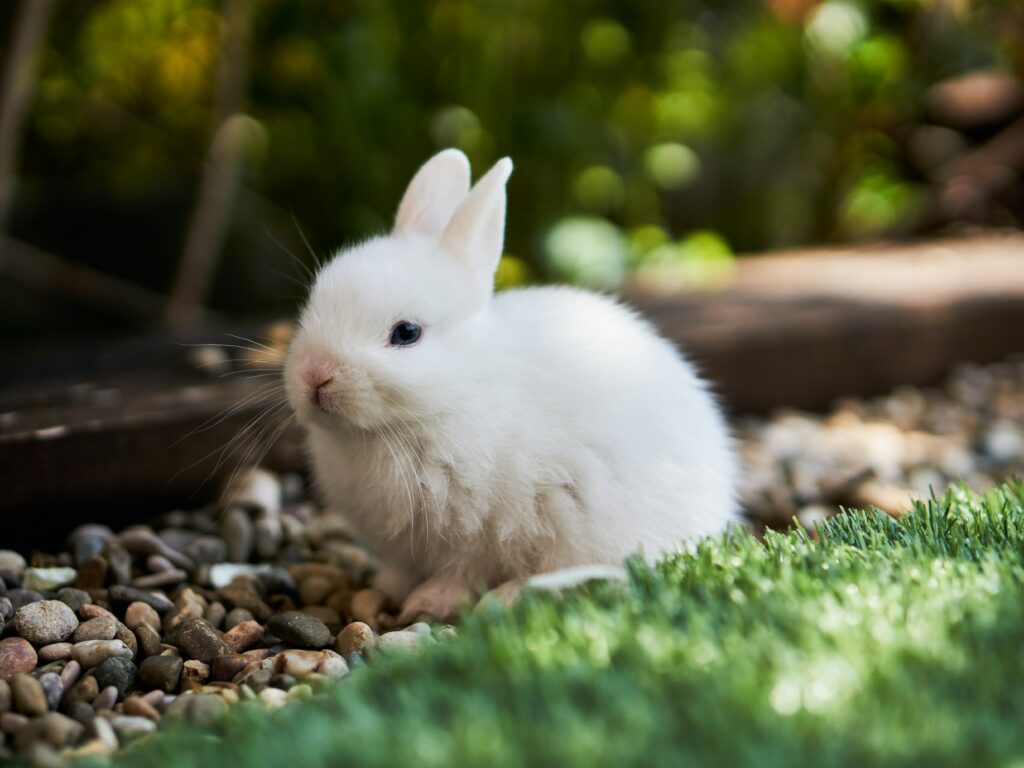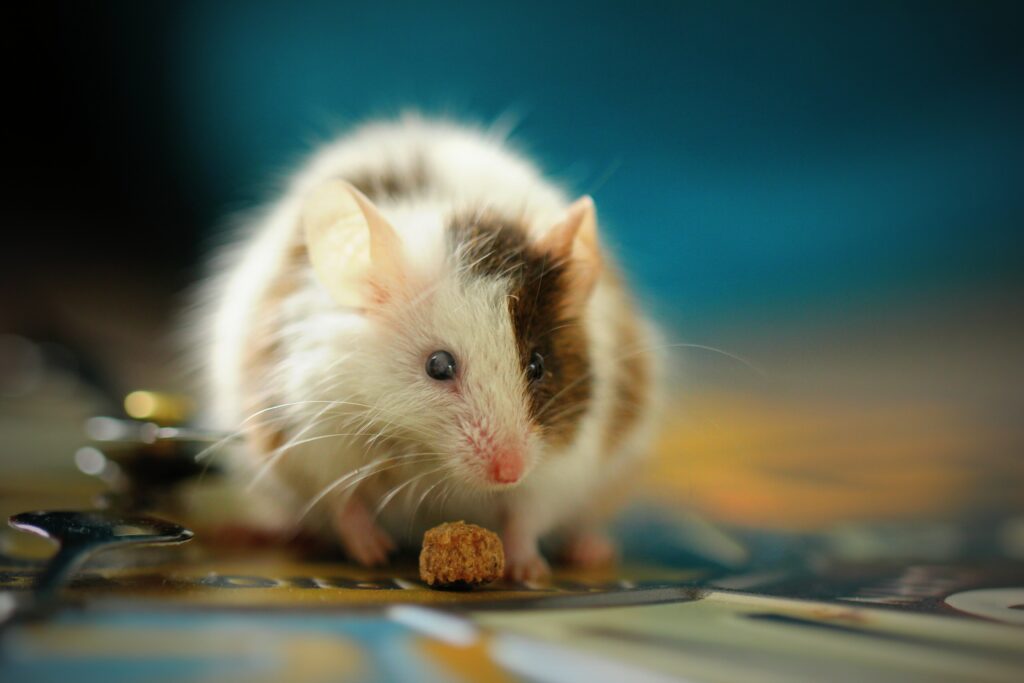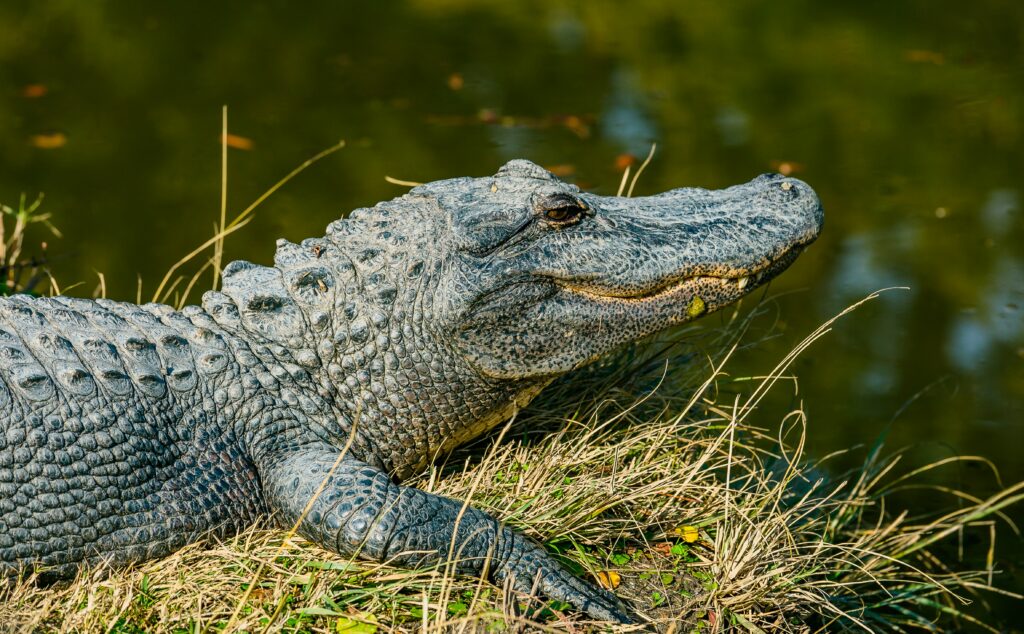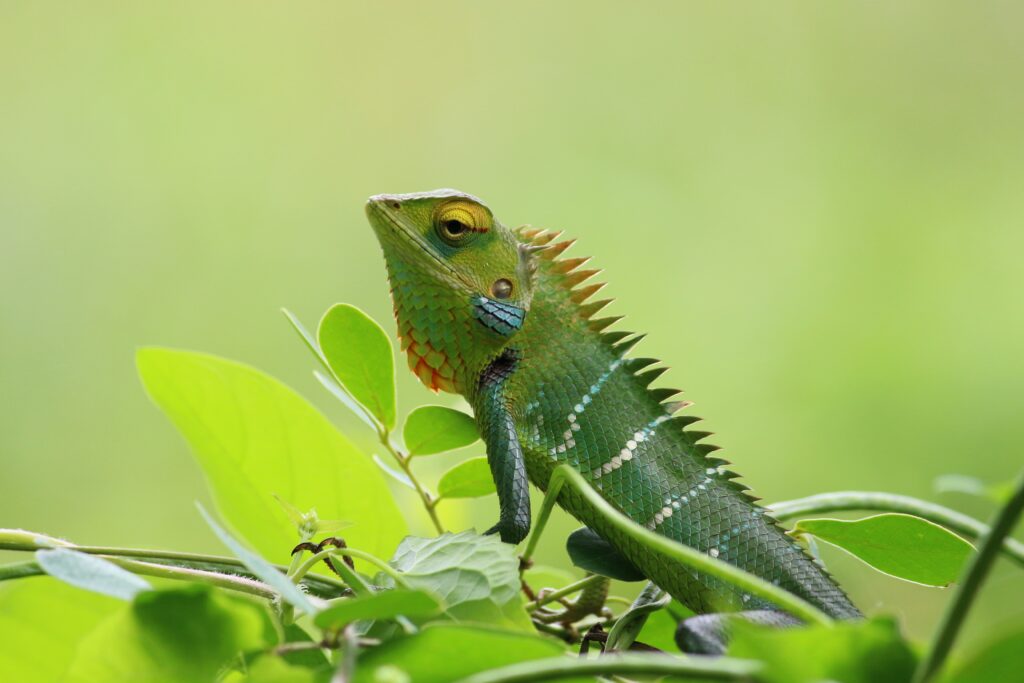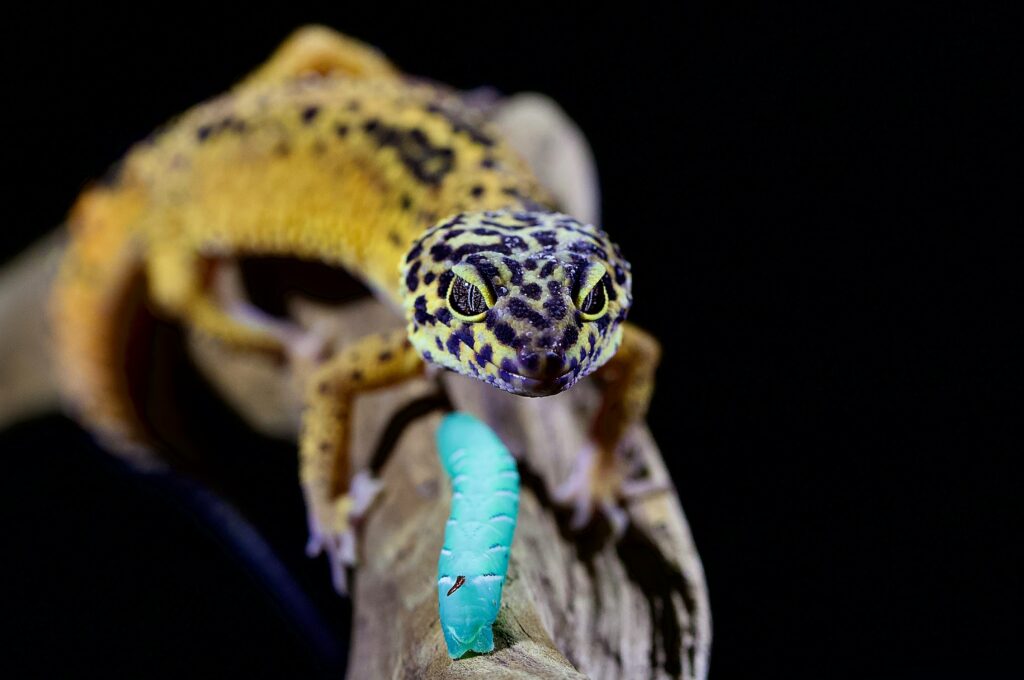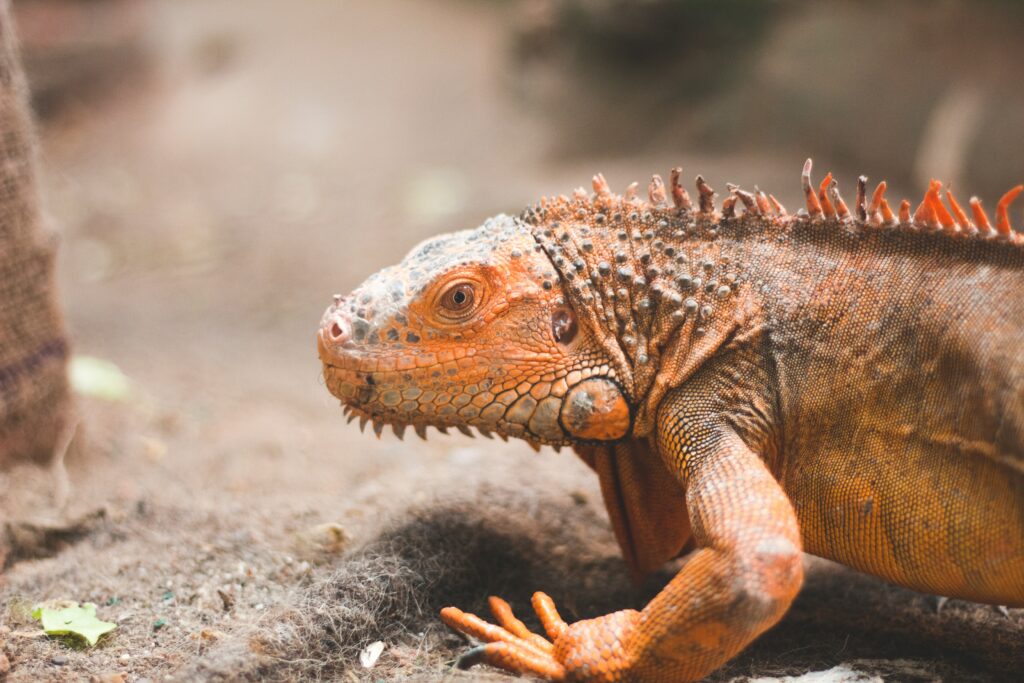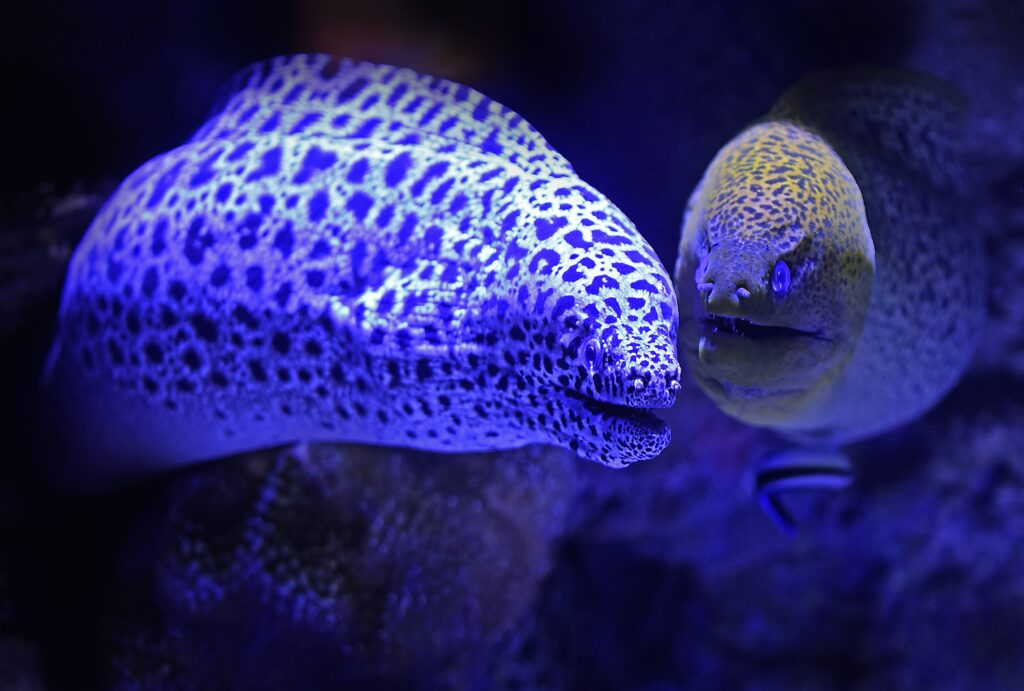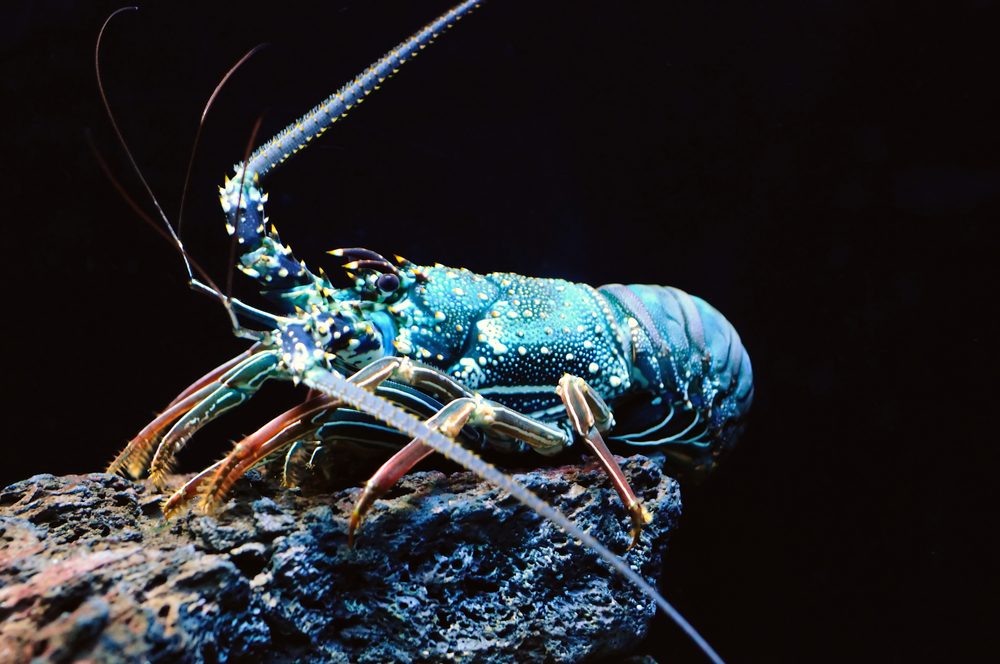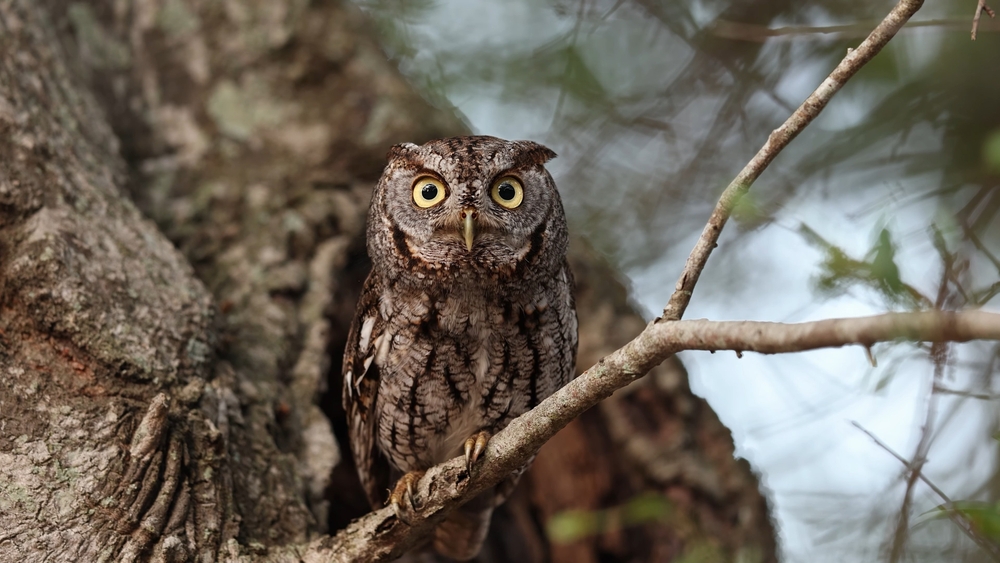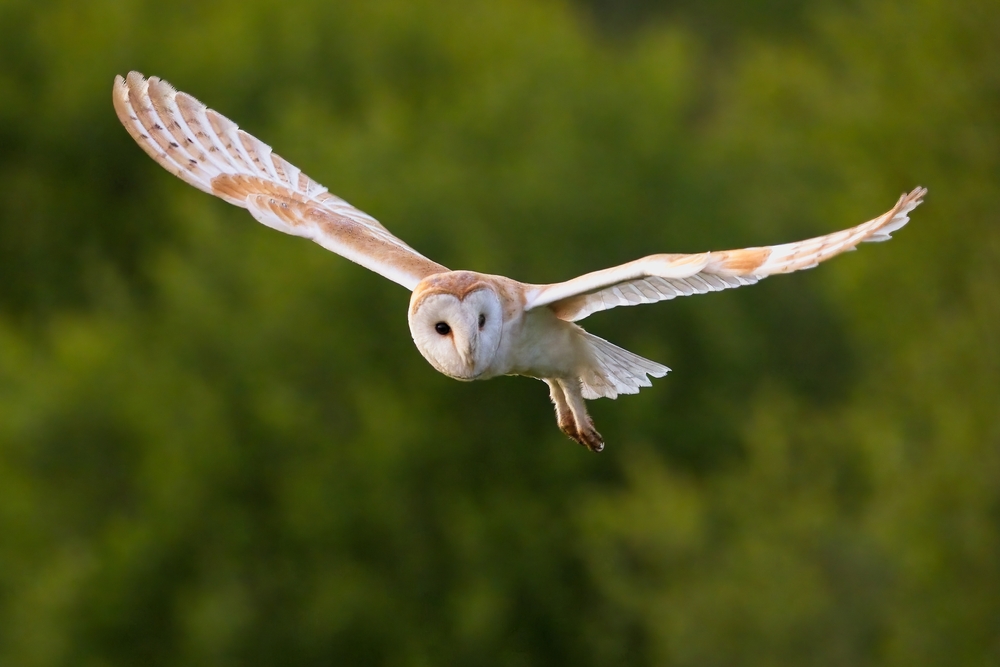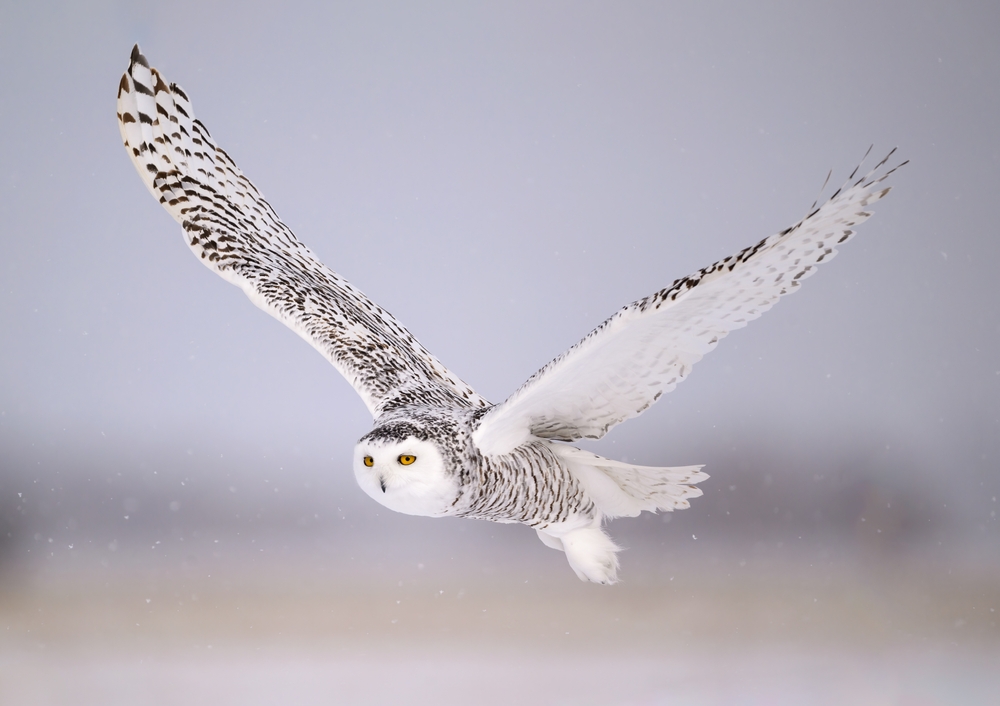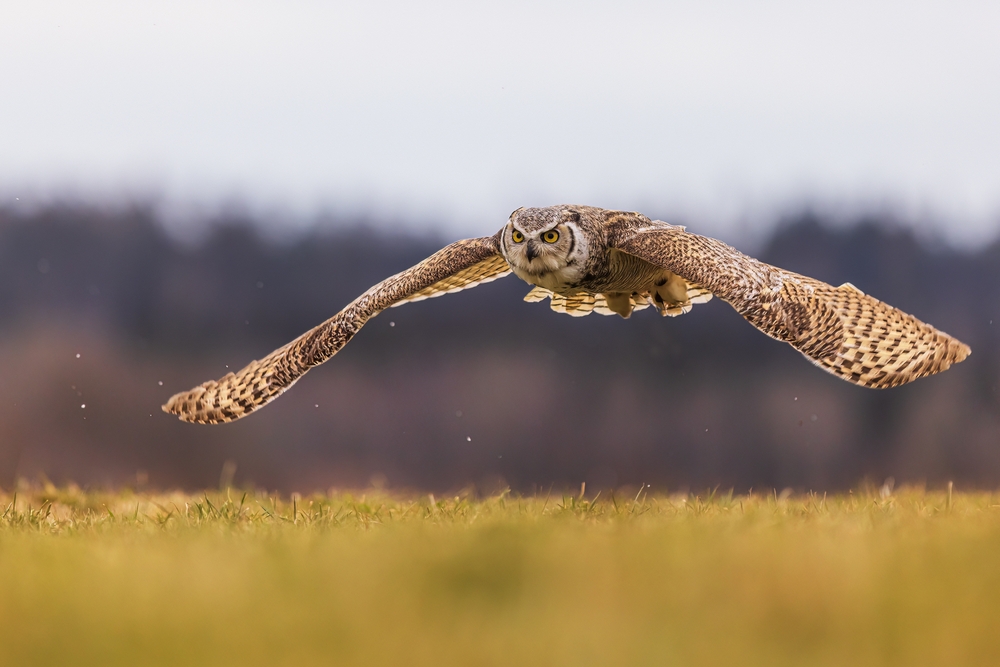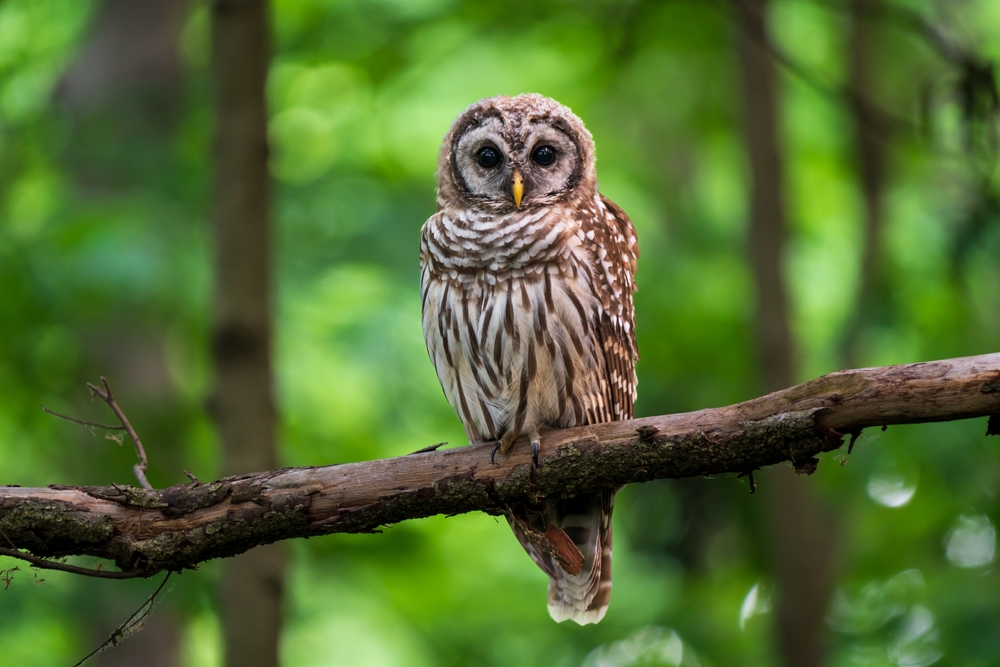Uniqueness
The Eastern Screech Owl (Megascops asio) stands out among North American owls for its remarkable adaptability, camouflage, and vocal variety. Despite its small size, this owl plays an important ecological role and possesses several distinctive traits that set it apart.
Color Morphs:
One of the most unique features of the Eastern Screech Owl is its occurrence in two distinct color morphs—gray and rufous. These plumage variations provide natural camouflage against tree bark and vary regionally, with the rufous morph more common in the southeastern U.S. and the gray morph more widespread.
Excellent Camouflage:
Their cryptic coloration and patterning make them nearly invisible when roosting against tree bark. They often remain motionless during the day, blending seamlessly with their environment.
Versatile Diet:
Unlike more specialized predators, Eastern Screech Owls are dietary generalists, feeding on a wide range of prey including insects, small mammals, amphibians, reptiles, and birds. This flexibility enables them to thrive in both wild forests and urban or suburban areas.
Adaptability to Human Environments:
They are highly tolerant of human-altered landscapes, nesting in parks, backyards, and even golf courses. They readily use nest boxes, making them one of the more visible and appreciated urban owl species.
Vocal Diversity:
Eastern Screech Owls do not screech as their name suggests; instead, they produce a soft trilling or whinnying call, often described as a descending horse-like neigh. Males and females have slightly different calls, and their vocal range allows for complex communication between mates and family members.
Monogamous and Family-Oriented:
Mated pairs often remain together for life, returning to the same territory year after year. They exhibit strong parental care, with both parents playing a role in raising their young.
Silent Hunters:
Their silent flight and acute directional hearing make them lethal nighttime hunters. Special feather adaptations allow them to strike prey without warning.
Ecological Role:
As both predator and prey, Eastern Screech Owls help control rodent and insect populations while also serving as food for larger raptors and mammals. Their presence is an indicator of a healthy ecosystem.
The Eastern Screech Owl’s combination of cryptic beauty, vocal charm, and ecological versatility makes it one of the most fascinating and accessible owl species in North America. Its ability to live near humans while maintaining wild behaviors contributes to its unique charm and significance.

